FP and Event Based Systems
Hamish Dickson - LambdAle 2018

About me
- I'm Hamish and I'm an FPer
- First time talking at an FP conference
- Scala Engineer at DriveTribe
- Data Things/Machine Learning
- I tweet about my cat a lot @_mishy
Distributed Systems
CAP Theorem
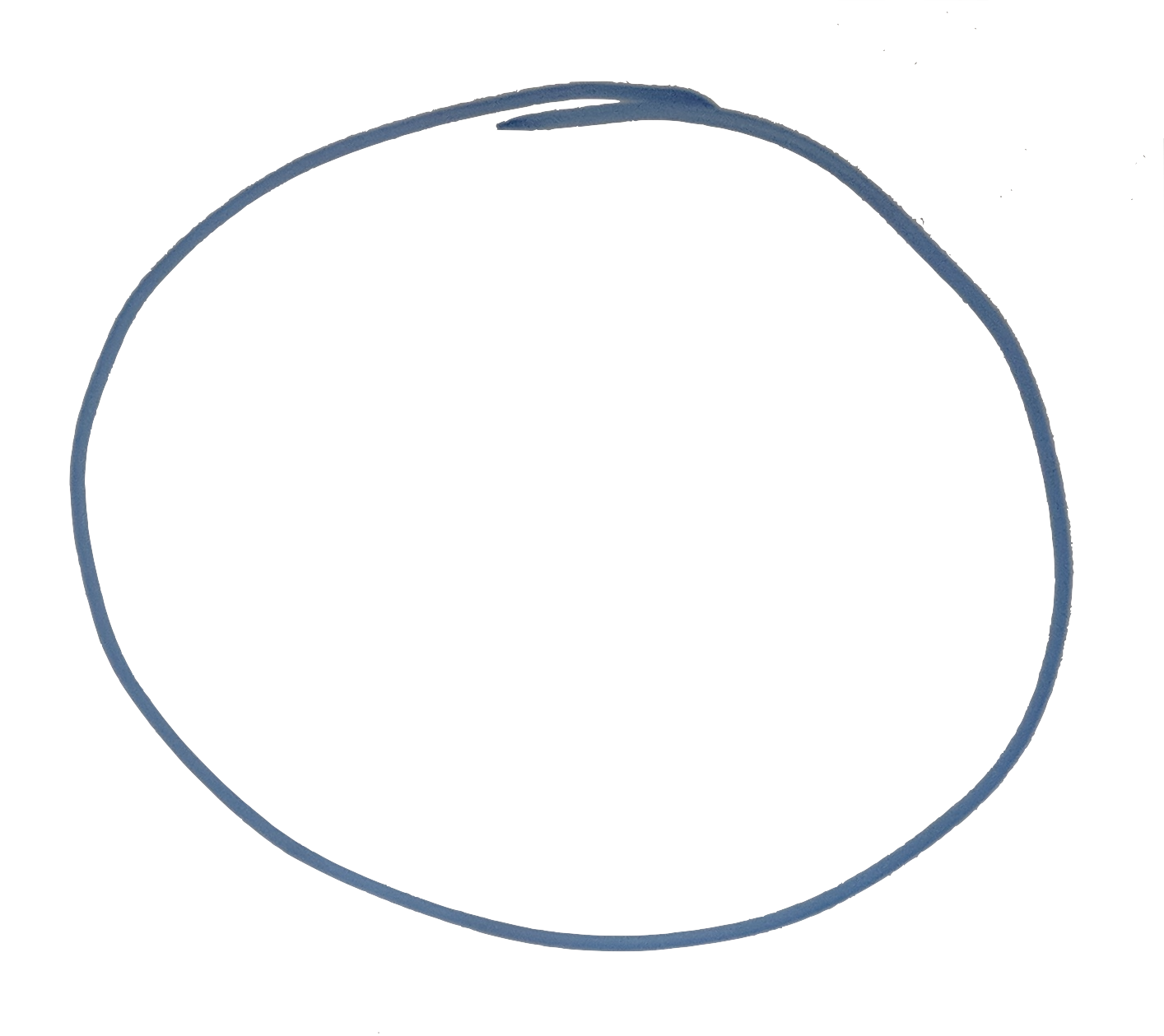

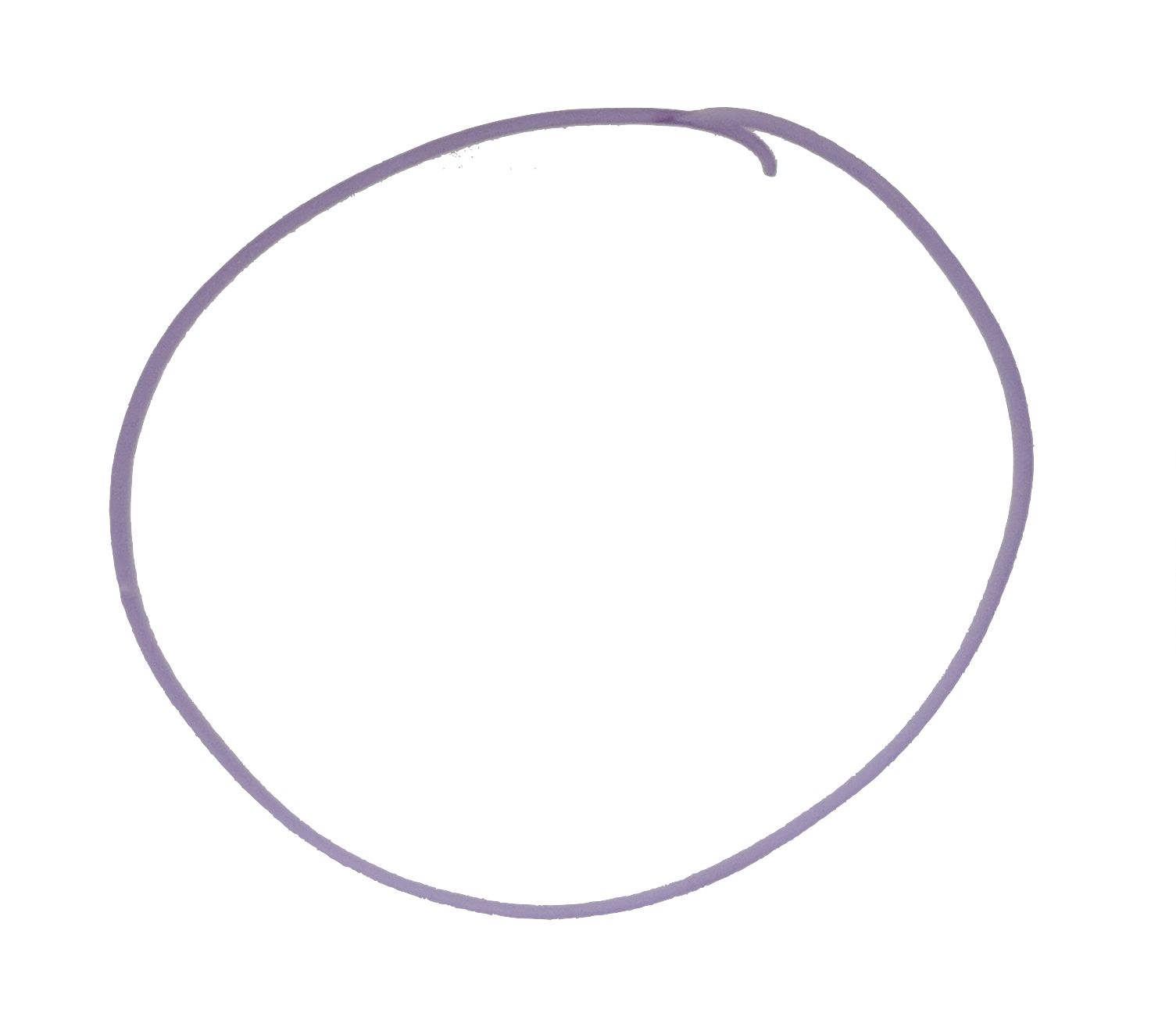


Partition
Tolerance
Consistency
Availability

CP
AP
Stay up if you start losing nodes
Same data on every node
Always get a response
up to date or error
always get a response, but could be old data
But why?
- Need to send messages between nodes to decide on truth
- Networks are rubbish, messages get:
- delayed
- dropped
- out of order
- duplicated
Most Distributed Systems are AP
- Erroring on CP is scary
- We don't often need strong consistency
- AP systems can be designed to be eventually consistent
Eventual Consistency
- We can provably make data in an AP system eventually consistent across nodes
- Most common approach: Conflict-free Replicated Data Types (CRDTs)
CRDTs
- Basically just let network/whatever failures happen
- Fix conflicts later
- Each node can do this fixup process independently
General Process:
- Associative
- Commutative
- Idempotent
- Distributive(?!)
ACID 2.0
To do this we need some kind of "merge"

Made up to spell "ACID"

That's a semilattice!
This sounds like some FP thing
Lets go to our favourite Algebra website
Implementations
First attempt: (Int, +)

Second attempt: (Set[T], ∪)
In reality you probably want to use an HyperLogLog or something
Example










- Alice makes some change
- sends change to other nodes
- nodes get updated

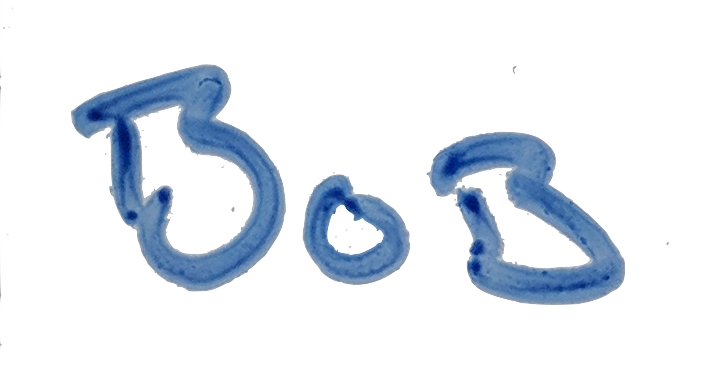


*For legal reasons not based on any Pete in this room.. maybe









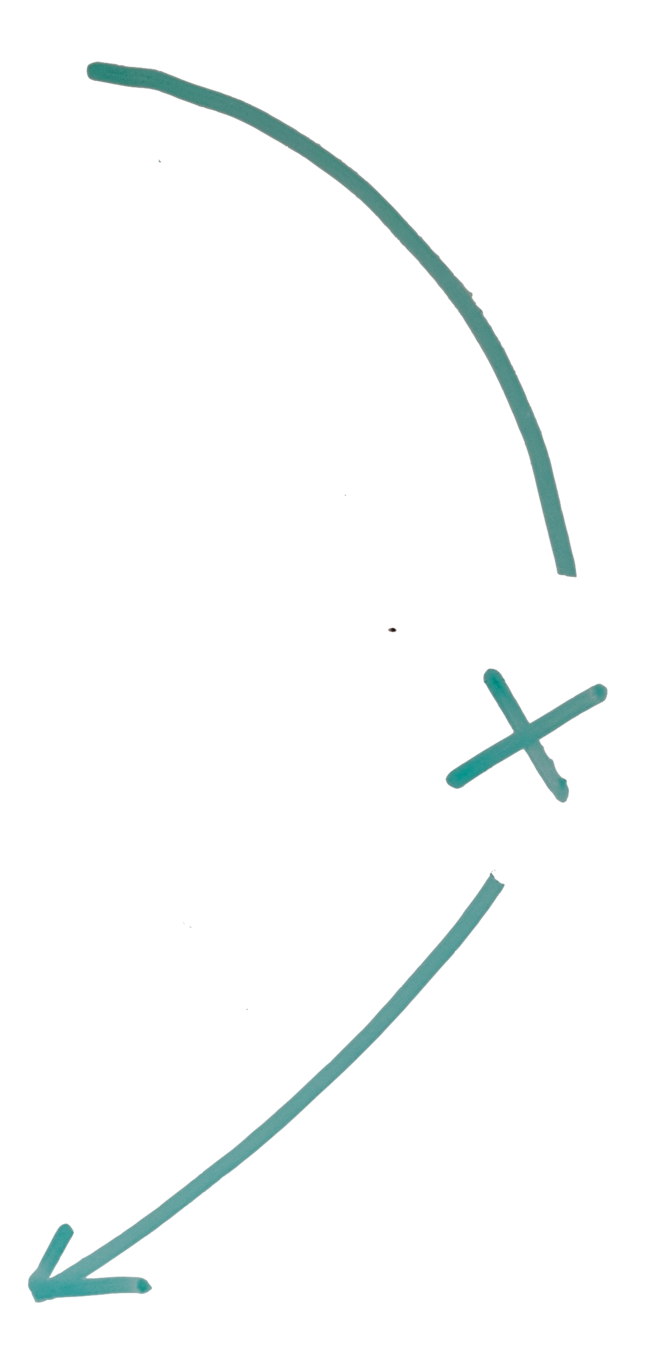



- Bob makes a change
- Alice gets update
- Something happens and Drunk Pete never gets the message















DRIVETRIBE
Rest API















Rest API
















alice likes




Likes = 721Likes = 721Likes = 720Cool right?
- Has the same problems as the Google Docs example
- Because of networks innit
- Has the same fix (Semilattices, because FP conference)





































This thing still needs to resolve conflicts
Shut up and show me code
Counting likes

- Lets try to count likes as they come in
- Want the count to live on some PostStats model
- Like is just postId, userId pair
case class PostStats(
id: Id[Post],
likeCounter: Set[Like],
impressionCounter: Set[Impression]
)case class Like(
postId: Id[Post],
userId: Id[User]
)
Here's the plan
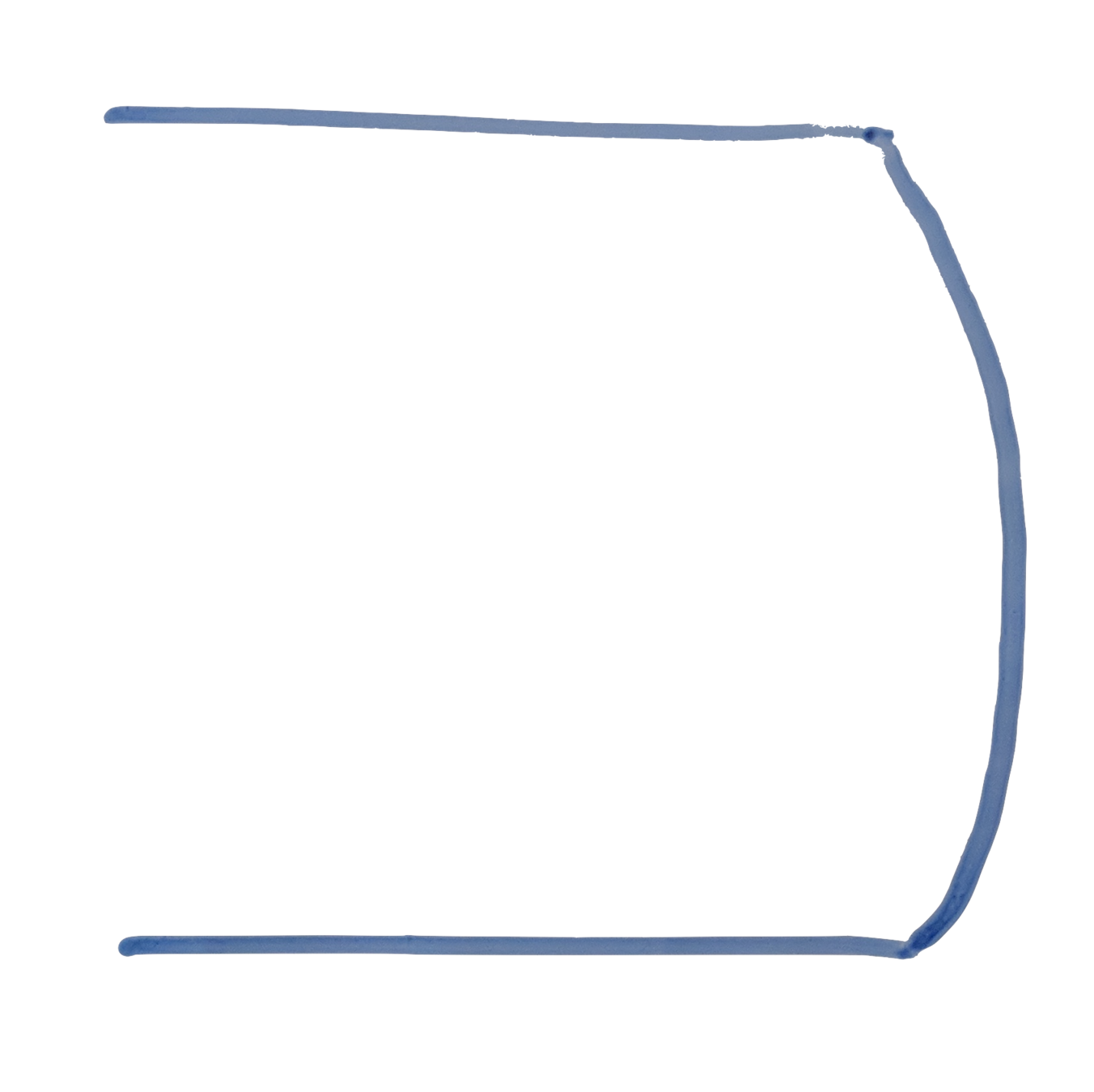

- read Like event out of queue
- map Like event to dummy PostStats thing
- use Semilattice to combine with what we already have for that post



Like(Id("post-1"), Id("bob"))PostStats(
Id("post-1"),
Counter((Id("post-1"), Id("bob"))),
Counter()
)
likes events from bob
code is going to live in our stream processor
going to cheat and only consider one post


We need to find a Semilattice
case class PostStats(
id: Id[Post],
likeCounter: Set[Like],
impressionCounter: Set[Impression]
)- Typically encode type classes with implicits in Scala
- just need to have an implicit for type `Semilattice[PostStats]` in scope
How do we define a Semilattice?
case class PostStats(
id: Id[Post],
likeCounter: Set[Like],
impressionCounter: Set[Impression]
)

and this is the same thing
we can make one for this

implicit def setSemilattice[T] = new Semilattice[Set[T]] {
def combine(s1: Set[T], s2: Set[T]): Set[T] =
s1 ++ s2
}implicit val postStatsSemilattice = new Semilattice[PostStats] {
def combine(ps1: PostStats, ps2: PostStats): PostStats =
PostStats(
ps1.id |+| ps2.id,
ps1.likes |+| ps2.likes,
ps1.impressions |+| ps2.impressions
)
}We have a way to do this, but it's kind of off topic
And this actually works
- if everything in your case class has a Semilattice, so does your case class*
- you have a CRDT
- you have a happy life
Can we generalise this?
- We didn't know how to build a Semilattice for PostStats
- We did know how to build one for each of it's elements
- We combined them
Id[Post] :: Set[Like] :: Set[Impression] :: HNilShapeless can do this for us
PostStats
- We can break up this type into a list of its elements
- Then traverse the list at compile time finding our Semilatti(ces?)
- Get Shapeless to build the final Semilattice
Inductively traverse HList
Id[Post] :: Set[Like] :: Set[Impression] :: HNil

but I can find one for this
wonder if I can find one for this?
Set[Like] :: Set[Impression] :: HNil
oh I found one here!

and here!
Hey compiler, find me a Semilattice for this:
PostStatsno soup for you!
Set[Impression] :: HNil

we need to define this
object AutoSemilattice {
implicit def autoSemilatticeHNil = new Semilattice[HNil] {
override def combine(x: HNil, y: HNil) = HNil
}
implicit def autoSemilatticeHCons[H, L <: HList](
implicit headSemilattice: Lazy[Semilattice[H]],
tailSemilattice: Lazy[Semilattice[L]]
) = new Semilattice[H :: L] {
override def combine(x: H :: L, y: H :: L) =
headSemilattice.value.combine(x.head, y.head) :: tailSemilattice.value.combine(x.tail, y.tail)
}
implicit def autoSemilattice[T, Repr](
implicit generic: Generic.Aux[T, Repr],
genericSemilattice: Lazy[Semilattice[Repr]]
) = new Semilattice[T] {
override def combine(x: T, y: T) =
generic.from(genericSemilattice.value.combine(generic.to(x), generic.to(y)))
}
}Here, have code

Turn our type into an HList

Last bit

Find Semilattice for Head, then Tail
Beer?

Or twitter me for cat pics @_mishy